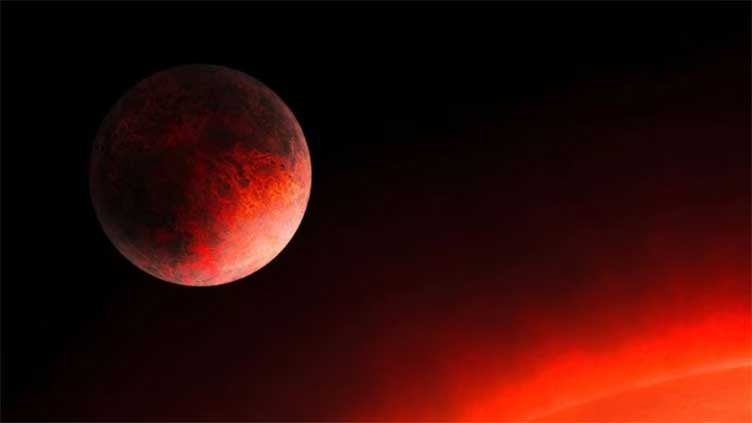Scientists are readying a telescope to see alien planets outside Solar System

Technology
The telescope is poised to revolutionise the way we observe exoplanets
(Web Desk) - Astronomers have so far detected over 5,300 exoplanets outside the solar system, and a new telescope is taking shape to observe them in finer details.
Nasa's Nancy Grace Roman Space Telescope, slated for launch by 2027, has achieved a significant milestone with its Coronagraph Instrument passing critical tests.
This instrument is poised to revolutionise the way we observe exoplanets — planets outside our solar system — by employing groundbreaking technologies that could significantly increase the number of directly observable exoplanets.
The Coronagraph Instrument, crafted at Nasa’s Jet Propulsion Laboratory in Southern California, has successfully undergone a series of stringent tests to ensure its electrical components function harmoniously with the rest of the observatory.
Feng Zhao, deputy project manager for the Roman Coronagraph at JPL, expressed relief and pride as the instrument cleared the electrical components tests with distinction.
What is a coronagraph?
A coronagraph functions by blocking out the overwhelming light from stars, enabling scientists to detect the much fainter light from nearby planets.
This technology is crucial in the search for life beyond Earth, as it allows astronomers to analyze the light from planets, which may contain information about their atmospheres and potential habitability.
Current telescopes and coronagraphs are unable to discern Earth-like planets in the glare of their host stars. The Roman Coronagraph aims to alter this limitation by incorporating innovations that will allow the observation of Jupiter-sized planets and, eventually, more Earth-like planets in future missions.
As a technology demonstrator, the Roman Coronagraph will test advanced light-blocking techniques that surpass current capabilities by at least an order of magnitude. The goal is to push the instrument's performance to observe challenging targets that could lead to new scientific insights.
The recent tests were vital to confirm that the instrument's camera, which detects individual photons, is not affected by electromagnetic interference from the spacecraft's other components.
The fully assembled instrument was placed in an electromagnetically isolated chamber at JPL and subjected to full power operation. Engineers meticulously measured the electromagnetic output and introduced disturbances to simulate the conditions it will face aboard the Roman Space Telescope.
While the Coronagraph's advancements are impressive, they represent only a part of the Roman Space Telescope's mission.


